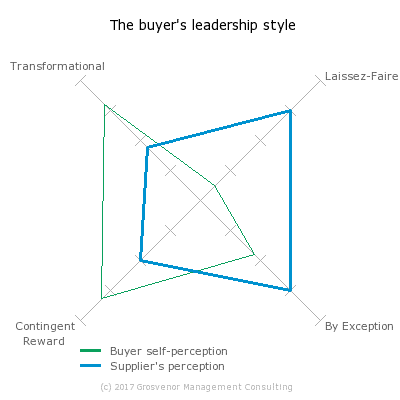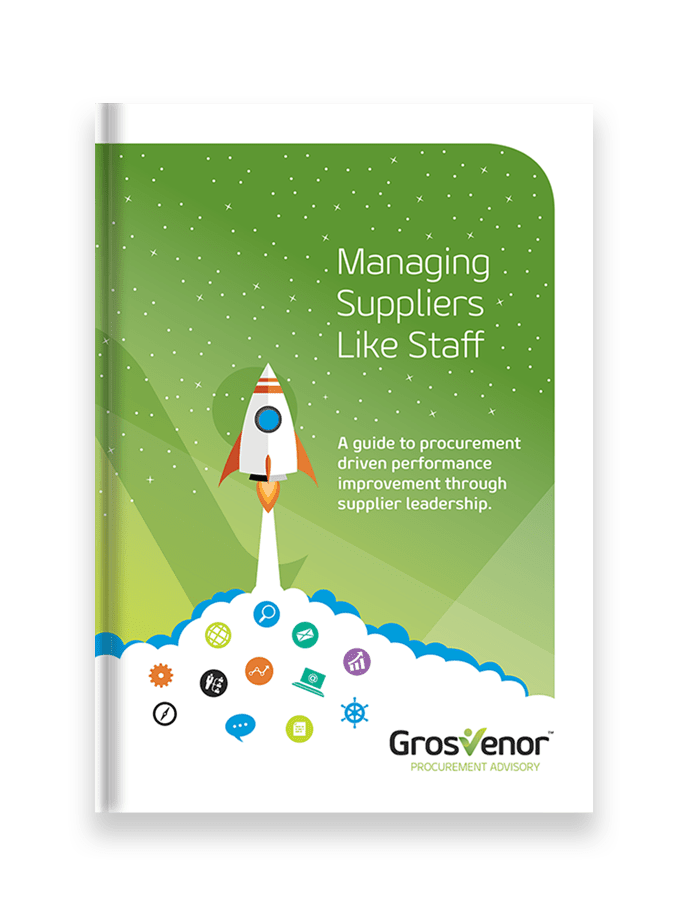What suppliers think about your leadership

Do you know what your suppliers think about your leadership? Why should you care?
We know that your leadership style impacts supplier performance by 27%. Yet most organisations fly blind and don’t seek the feedback of suppliers on how to improve the way they lead.
Leadership is typically a field of study in the HR world. With the decline of industrial production in Australia, services become more important. And so does the sourcing of services from a competitive field of providers. Services are typically labour intensive and the level of performance you receive is directly linked to the provider’s people.
Improve the way you lead
Supplier management therefore increasingly tries to answer questions such as:
- how do I motivate the provider’s staff to go above and beyond?
- how do I influence people I do not have direct authority over?
- how do I get innovative thinking from the supplier’s people?
In short, supplier management increasingly faces HR challenges. And the answer is often: “Improve the way you lead.”
Begin with 360 degree feedback
When trying to improve your leadership techniques, a diagnostic is often the first step. A typical approach in HR is to ask your boss, peers and direct reports to provide feedback on your leadership style. This is called a 360 degree feedback. Ideally you repeat this periodically to understand if you are making progress. The results can be confronting – as they are often very honest but mostly constructive.
A similar diagnostic is available to receive feedback on how your organisation is leading your suppliers. Based on the tried and tested methodologies in HR, it seeks feedback from suppliers, internal clients, procurement folk and contract managers on how the organisation is tracking.
Once the results are in, the buying organisation’s leadership style can be mapped using a spider chart.

The chart shows that self-perception and the supplier’s perception do not align in this case. The buyer pride themselves in rewarding good behaviour and motivating suppliers to go above and beyond (using the Contingent Reward and Transformational Leadership Styles). The supplier however feels micro-managed or not managed at all.
Work together
The next step is to get supplier and buyer to work together to address this misalignment. What can the buyer change to be less punitive and reward good performance? Sometimes it is just communication style: when have you last said, “Well done” to your provider’s staff? Other times it requires more collaboration in the sense of involving the provider in forward planning, strategic decisions and sharing of a common purpose.
Understand how your suppliers perceive your leadership
Grosvenor has developed a 360 degree feedback mechanism for insight into your supplier leadership style. Based on the MLQ methodology, it asks suppliers, internal clients and procurement a series of questions to determine the leadership style of your organisation. We further benchmark your results to understand how your leadership affects supplier performance, and what you can do about it.








